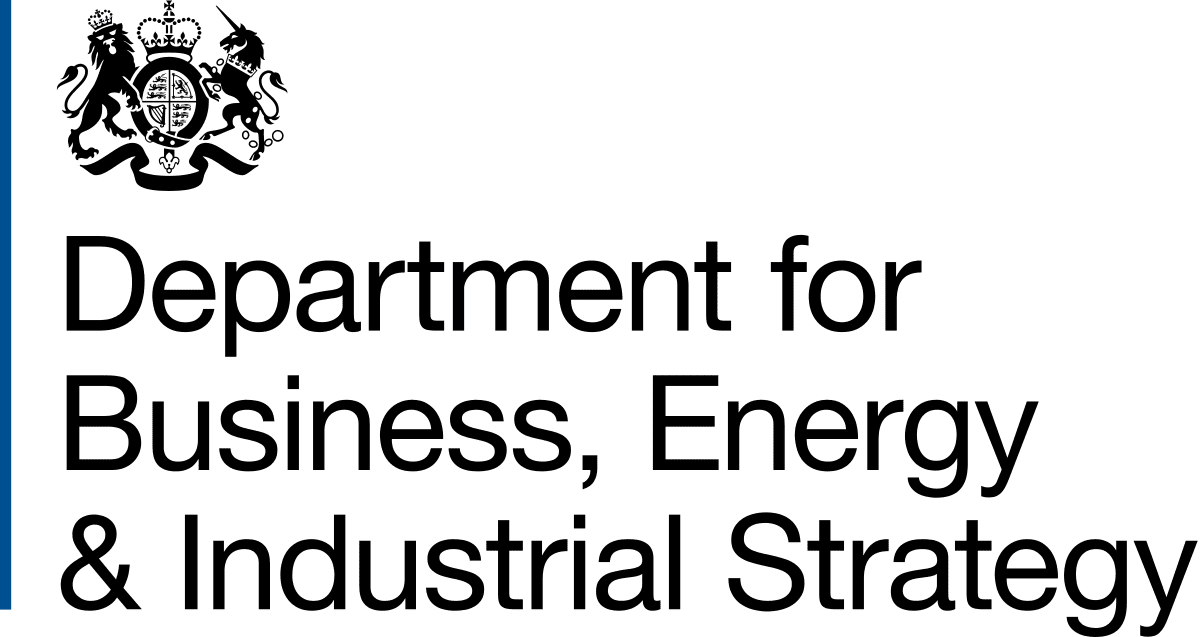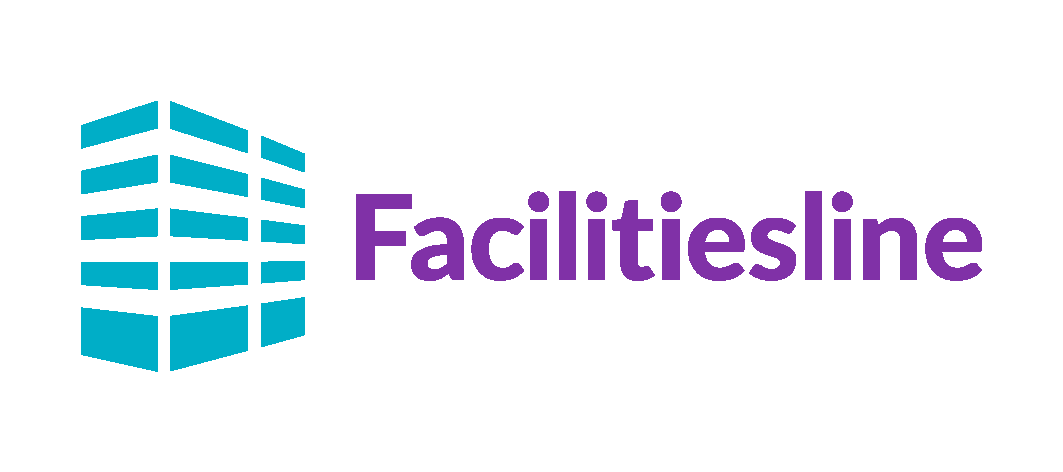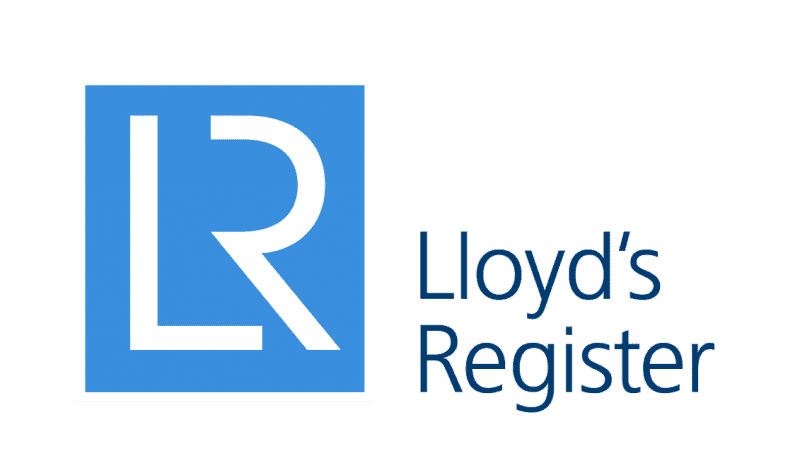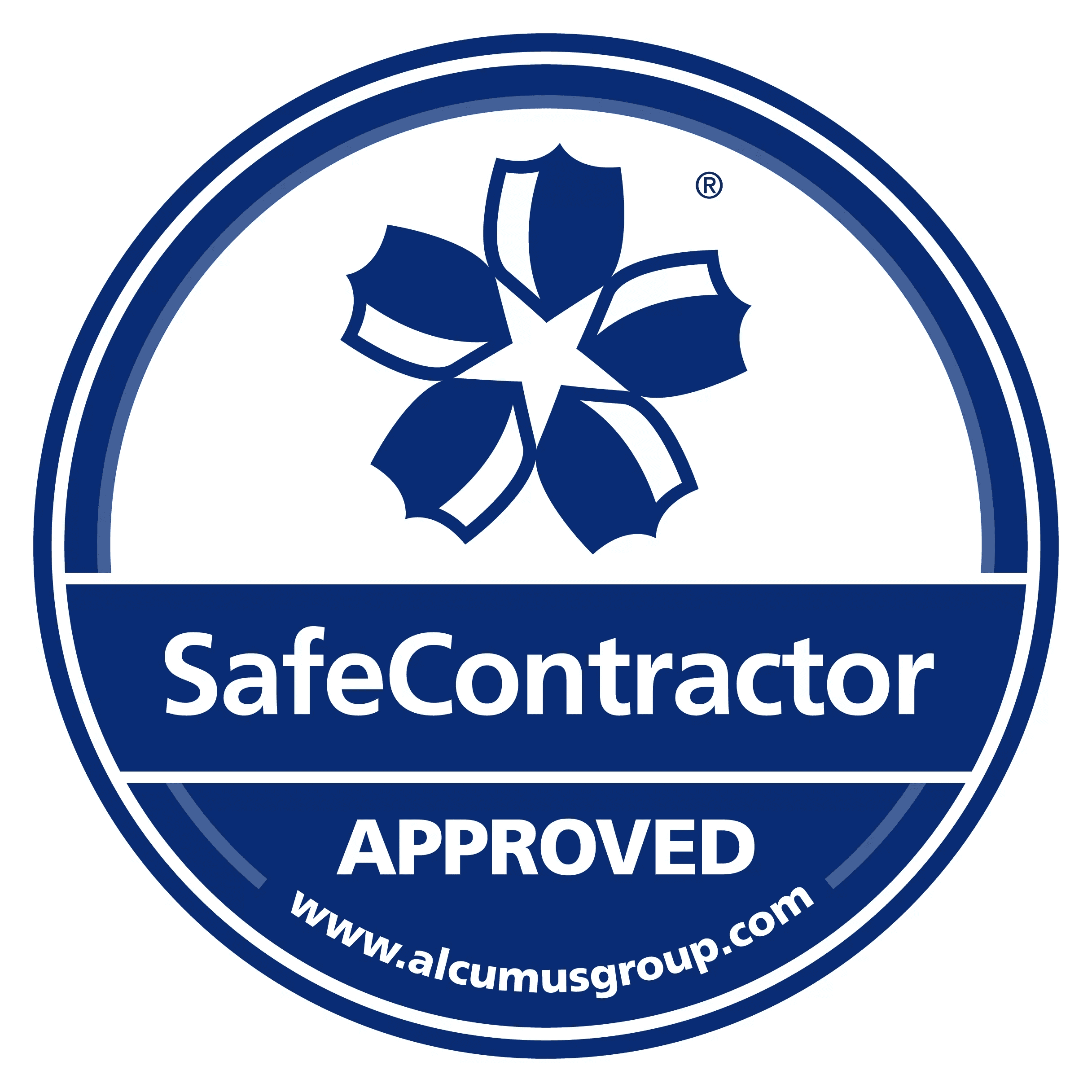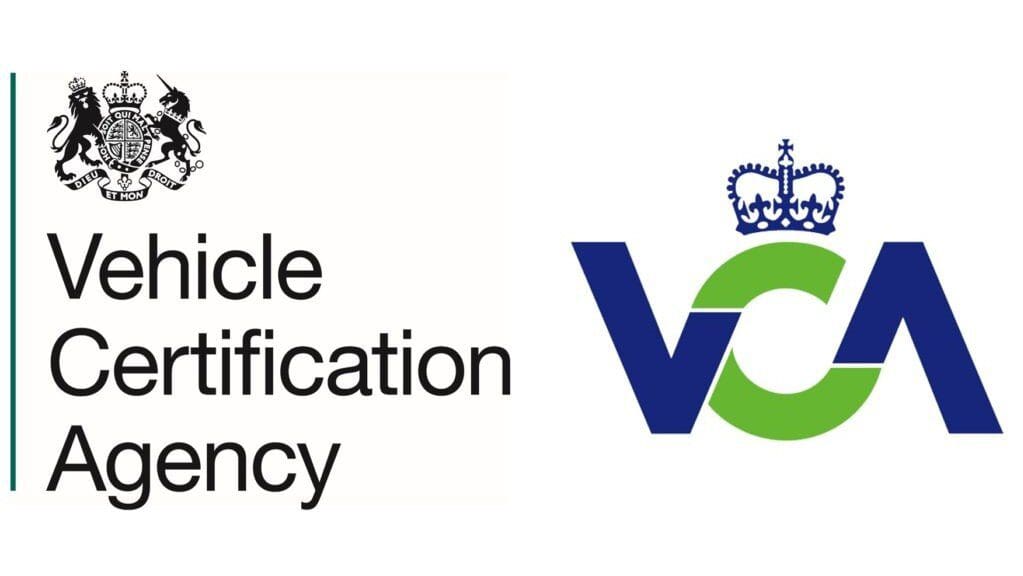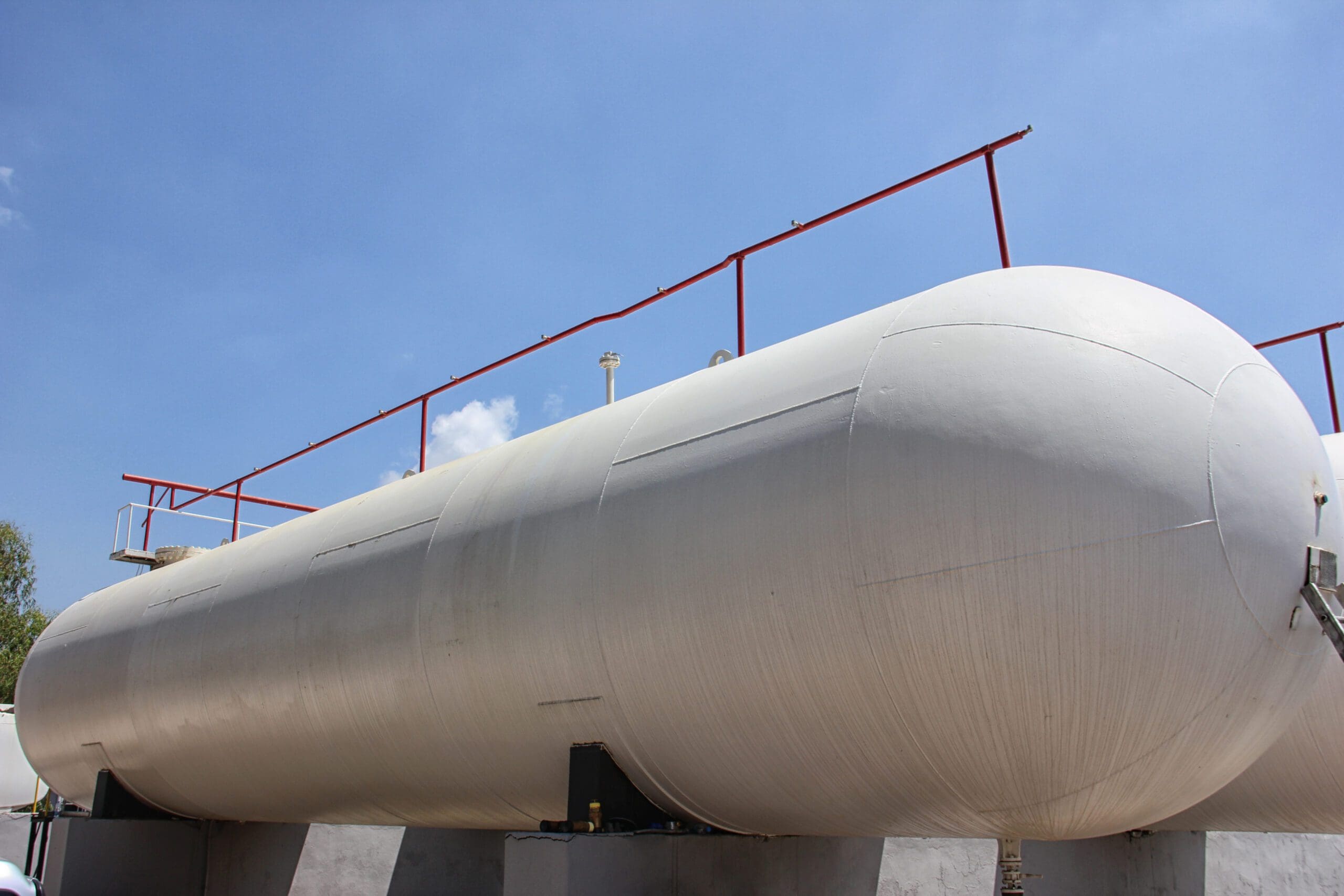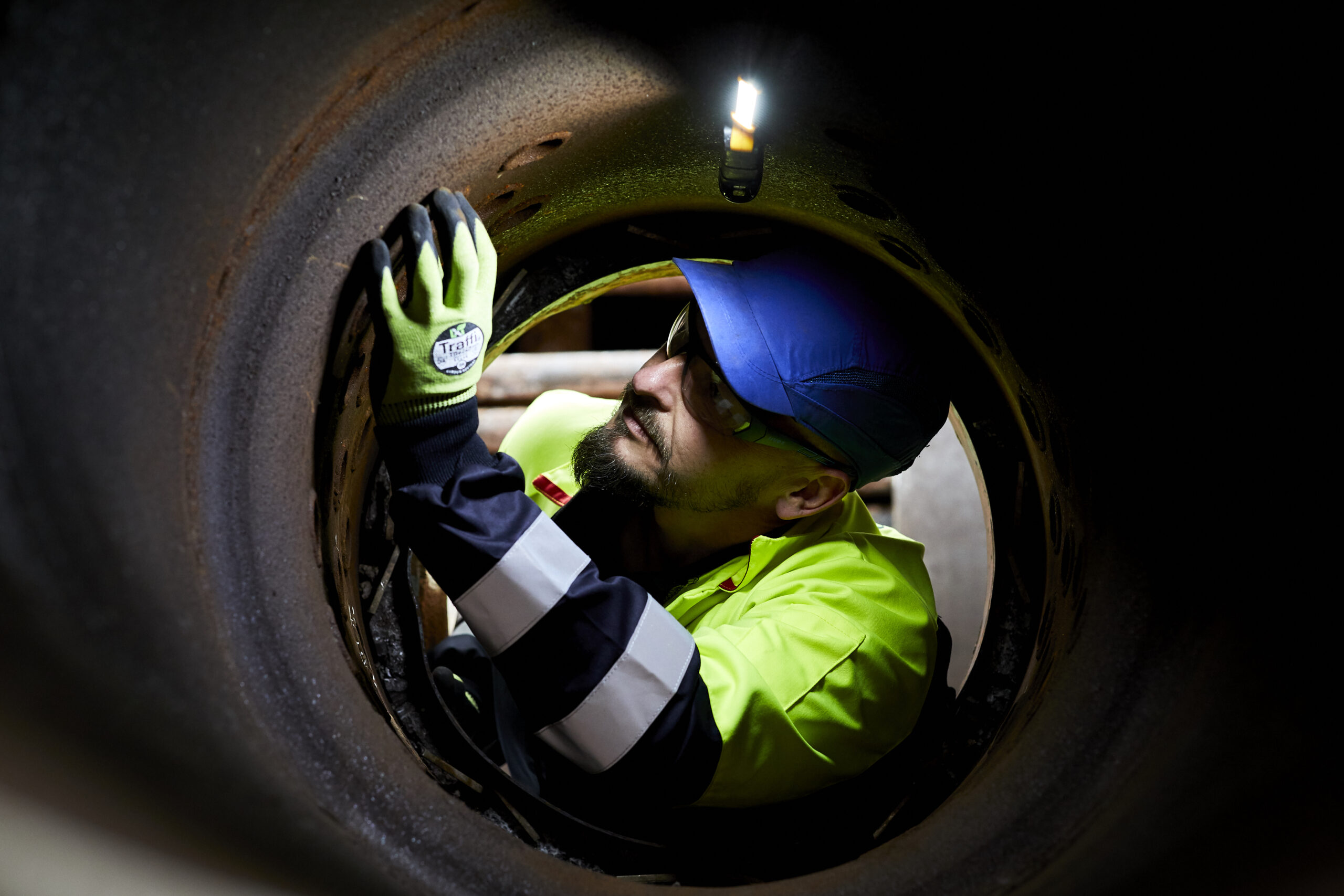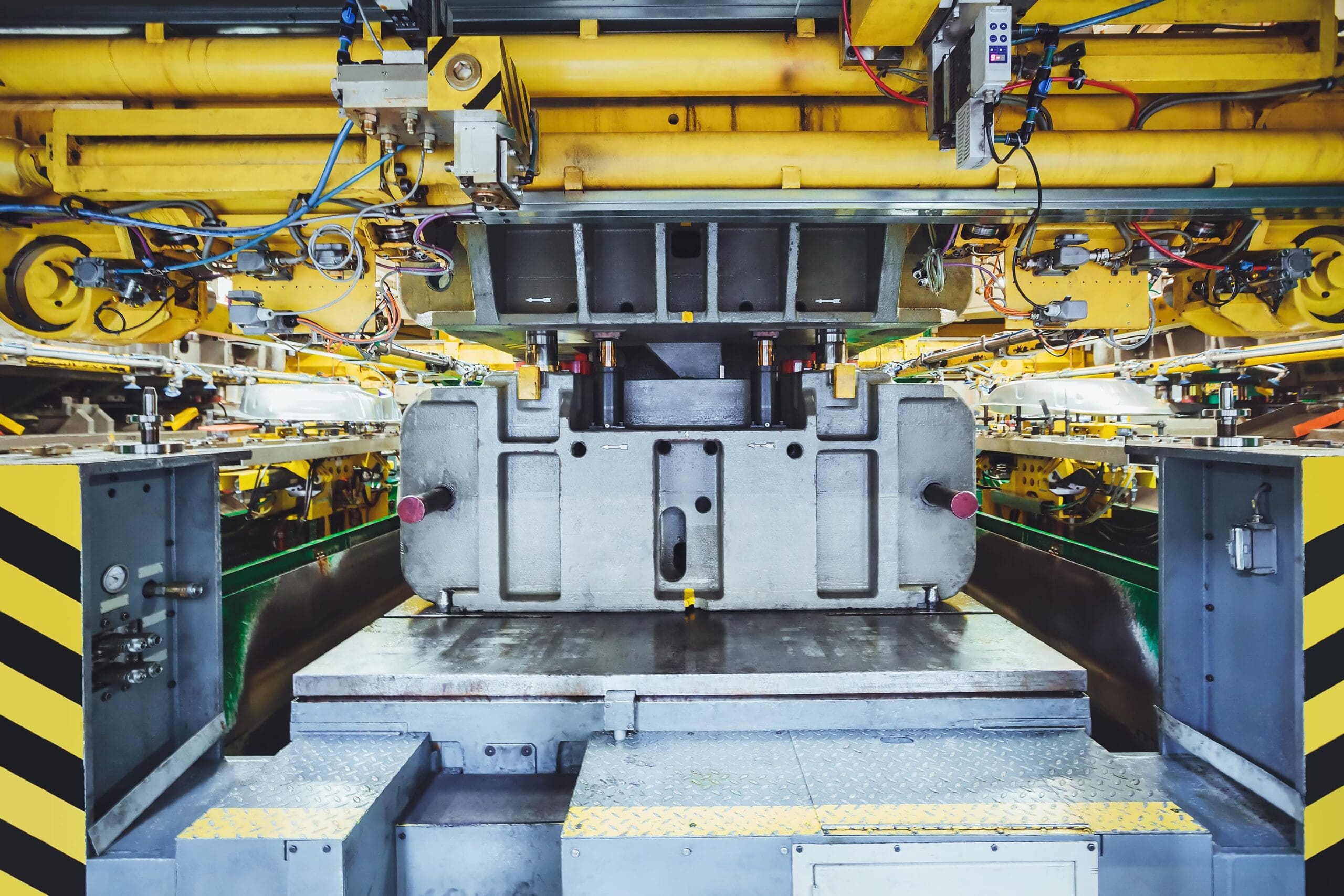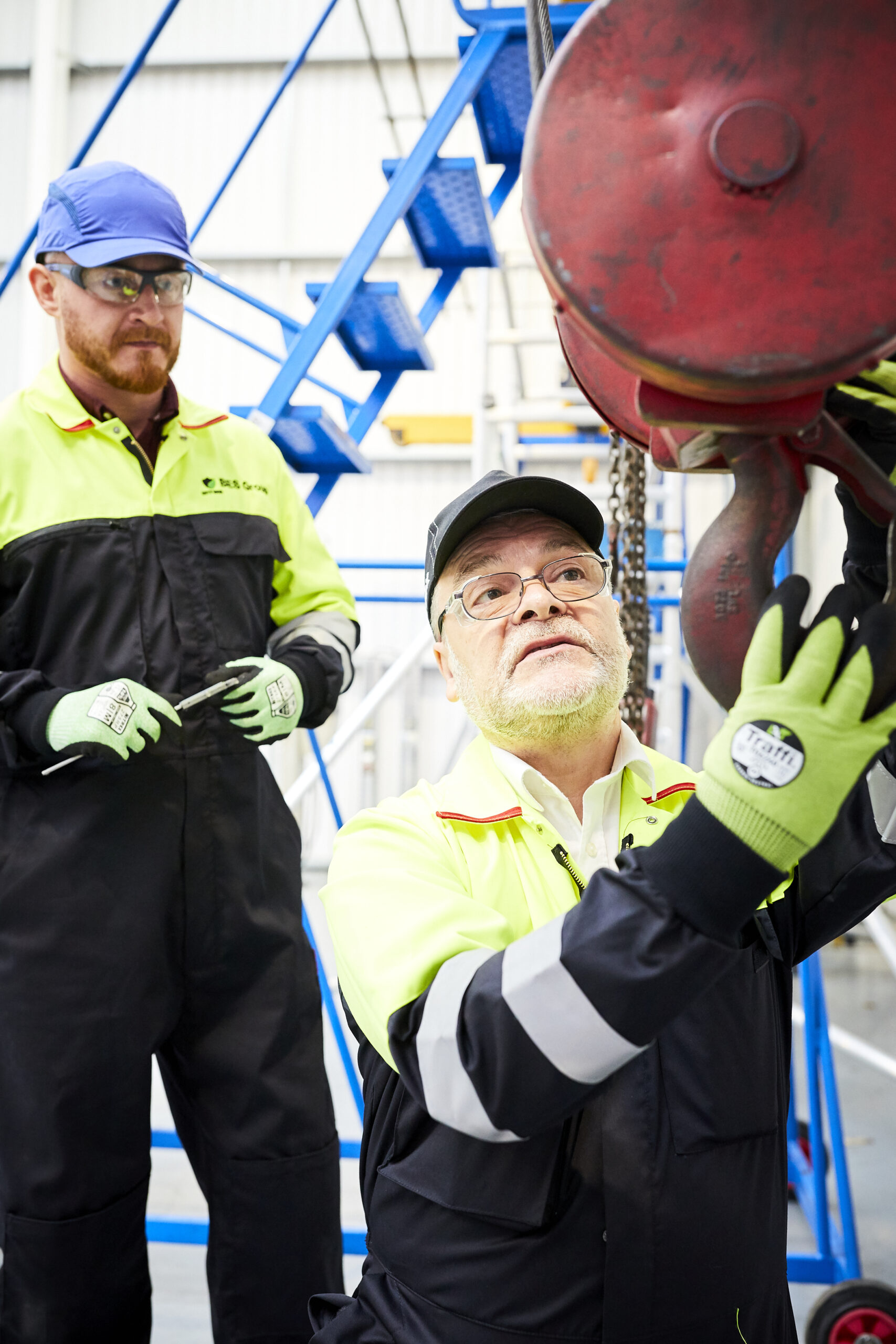Statutory Inspections
PUWER Assessment Services
Ensure compliance with the Provision and Use of Work Equipment Regulations 1998 (PUWER).
Explore how we work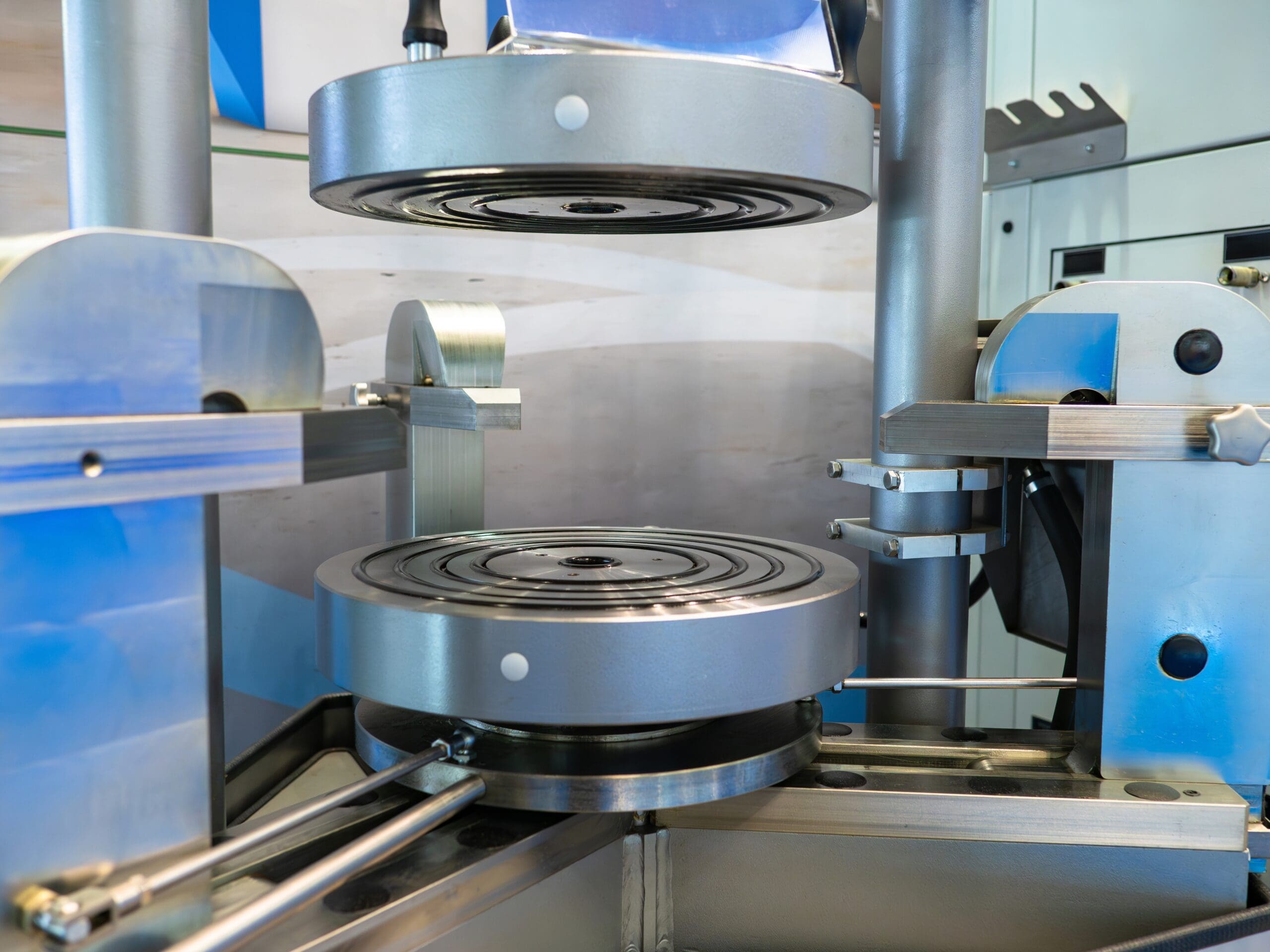
Interested? Let’s talk.
Send us an enquiry
Let’s get you to the right person, fast.
Thank you, enquiry submitted!
Please check your inbox. We have sent you an email receipt of your enquiry.
We treat every enquiry with the upmost urgency. We’ll aim to get in touch with the relevant BES Group specialist and get back to you as soon as possible*.
Thank you again and have a great day.
* Schedule dependant, this will usually be within a few hours of your enquiry.
What is a PUWER Assessment?
PUWER (Provision and Use of Work Equipment Regulations) Assessments are a vital part of workplace safety. These assessments ensure that any work equipment that is new, moved, or modified, is safe to use. Our comprehensive PUWER assessment services ensure health and safety throughout your workplace–not just for you and your employees, but also for customers and visitors.
PUWER Assessments assess the safety of your equipment, ensuring it’s being used and maintained correctly. These assessments look at your machinery hazards and how you work, to reduce potential risks. They evaluate the equipment training, information, and instruction procedures that you have in place.
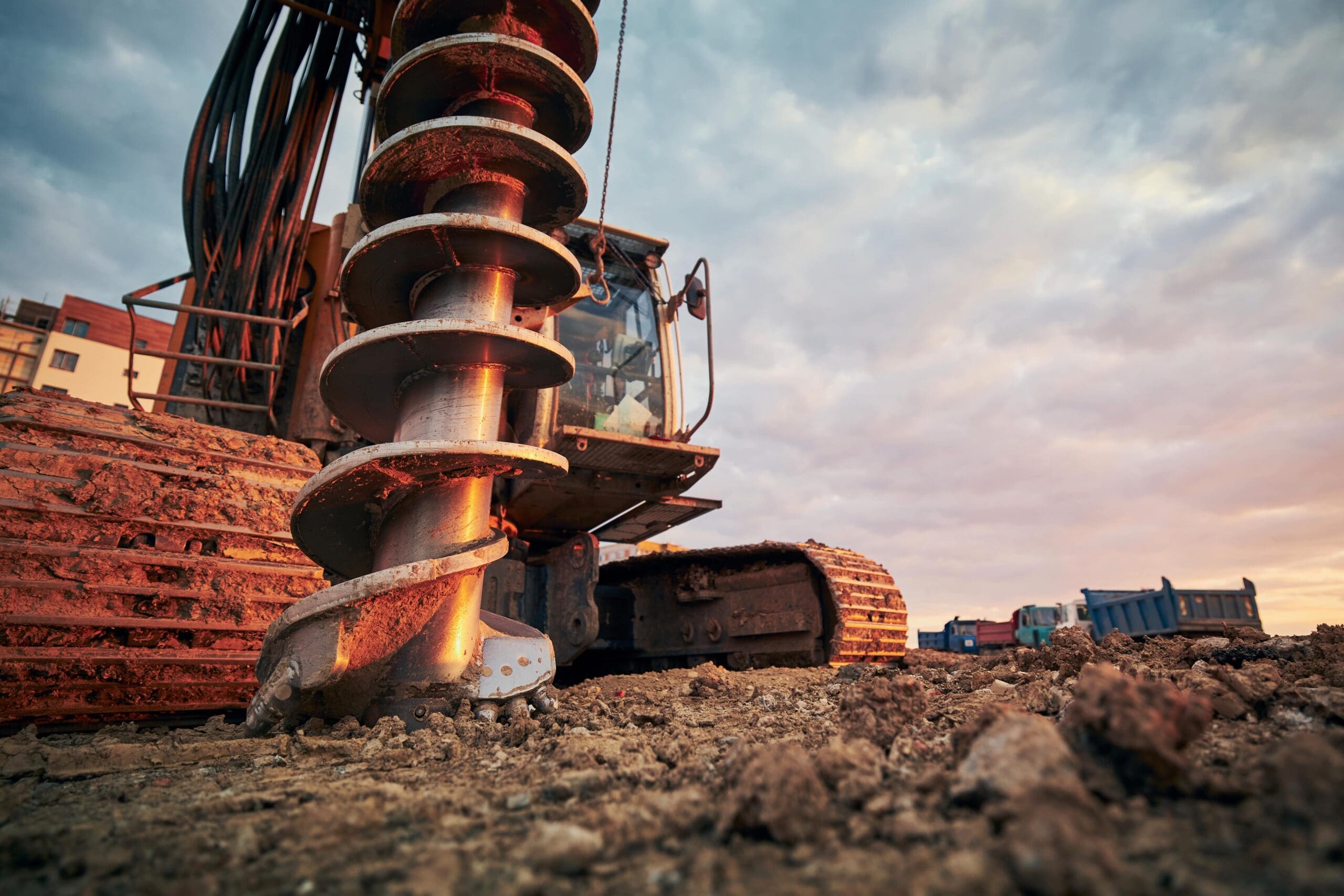
Who we’ve partnered with...

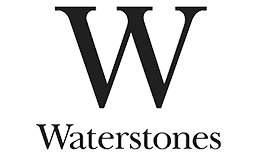



Key benefits of PUWER Assessment Services
Safety compliance
Identify and minimise equipment hazards via PUWER Assessments. We help you maintain safety compliance and protect your workforce.
Protect your business
Avoid legal penalties and minimise the risk of accidents by following the PUWER regulations and implementing best practices.
Employee awareness
Raise employee awareness about the importance of safety. PUWER training ensures employees learn about equipment hazards and how to use them safely.
Equipment maintenance
Keep your equipment effectively maintained by conducting regular PUWER Inspections that check for wear, damage, and hazardous risks.
Let's talk
Send one of the team a message
Not seeing what you expected?
Try using our search
Explore what our clients say


What is the purpose of a PUWER Assessment?
If you work with any equipment hazards that could cause accidents, you should carry out a PUWER Assessment. Otherwise, you could face non-compliance and a HSE investigation, which could result in costly fines. People on your premises could injure themselves if your equipment isn’t safe or used correctly. PUWER applies to a wide range of equipment from all industries in the UK, including machinery, tools, appliances, systems, and equipment used in the workplace. Whether you work in food and beverage or an industrial plant, your responsibilities remain the same. A safe workplace is crucial no matter your industry or type of equipment.
What does a PUWER Assessment cover?
PUWER Assessments consider all aspects of your machinery, including hazards, use, training, and control measures. This also includes:
- Potential hazards and risks, including how they’re identified and reported.
- Maintenance and use of equipment.
- Training and education for your workforce regarding the equipment.
- Control measures to mitigate equipment risks, such as dangerous parts, temperatures, or stop controls.

What does a PUWER Assessment cover?
Since PUWER cover all industries in the UK, the type of equipment assessed varies depending on your workplace. Some of the most common equipment assessed includes the following:
- Woodworking equipment
- Food processing equipment such as mixers, dividers, ovens
- Conveyor systems & packaging equipment
- Industrial machines
- Metal cutting machines
- Waste handling plants
- Production lines
- Cranes
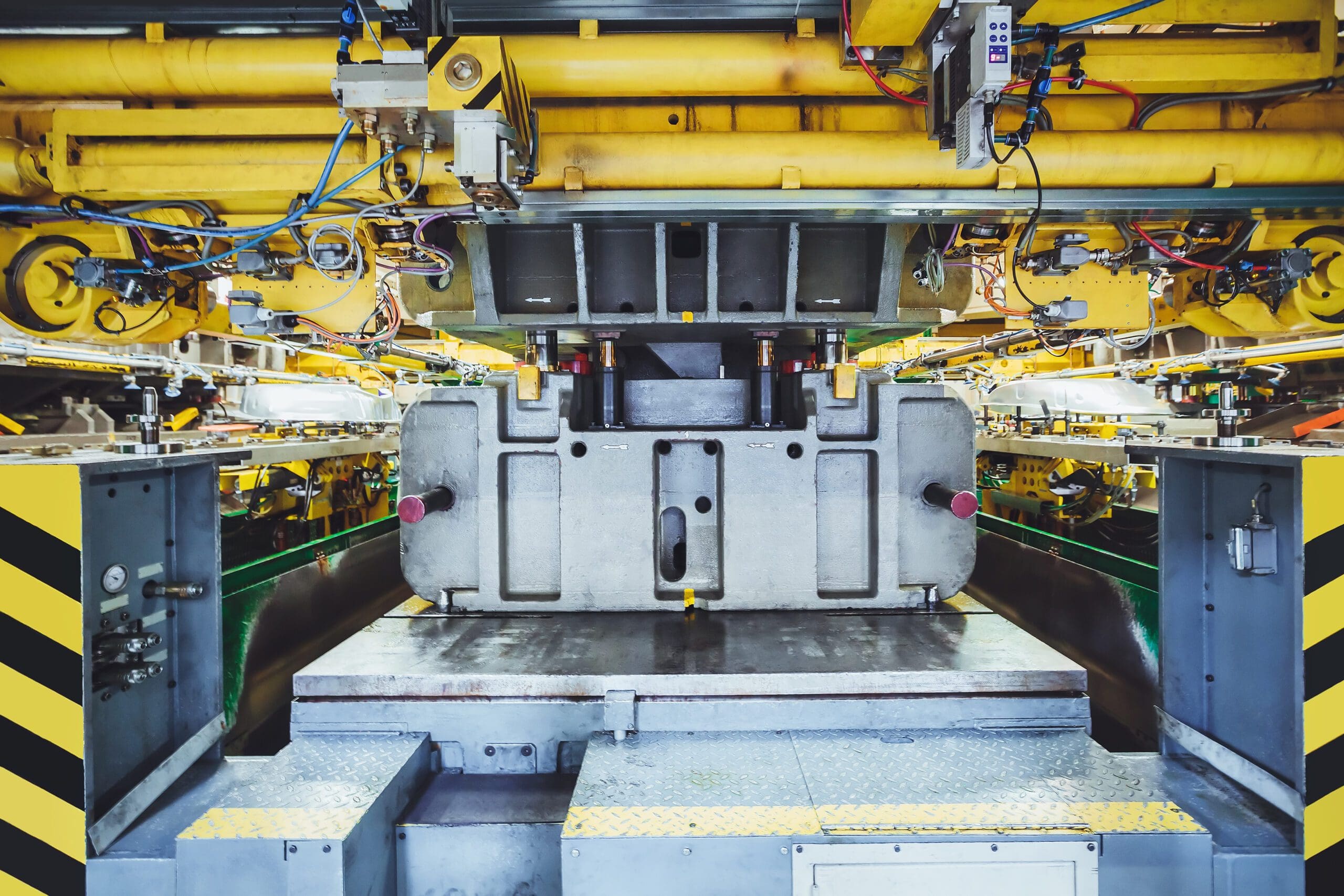


Our PUWER Assessment Process
Speak to us about the processKeeping your team and workplace safe is essential. Our PUWER assessment includes an end-to-end service, from inspections through to a detailed report and action plan. Our engineers are happy to work around your schedule to minimise operational impact on your business


Let’s talk. Ask us anything.
Send one of the team a message
Why choose BES Group?
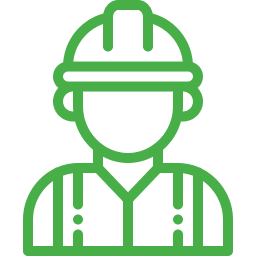
800+ expert engineers
Our team of skilled engineers possesses a wealth of expertise.
A legacy of 160+ years of experience
We’re always evolving our approach to future proof our services.

35,000 satisfied customers
A strong reputation for providing exceptional service.

An end-to-end solution
Servicing the full life cycle, from concept through to decommission.
Accredited assurance
Confidence assured with all relevant certifications and accreditations.
Training centre & academies
Our very own internal training academies, ensures high standard.
Frequently asked questions
What does PUWER stand for in health and safety?
PUWER stands for the Provision and Use of Work Equipment Regulations. It’s a set of UK regulations aimed at ensuring work equipment is safe for use. PUWER requires you to make sure equipment is suitable for use, properly maintained, and safe. PUWER plays a vital role in health and safety, helping to reduce workplace accidents and ensure a safer environment.
What work equipment is covered by PUWER?
PUWER covers any work equipment that could potentially cause an accident or risk health and safety. This includes machinery like drills, saws, forklifts, and manufacturing equipment, plus smaller tools like ladders and hand tools. Even office equipment like photocopiers can be covered if it presents a hazard. Essentially, PUWER regulations apply to any equipment used by employees that could lead to injury if not properly maintained, used, or controlled.
How often should PUWER Inspections be carried out?
The frequency of PUWER Inspections depends on the equipment’s risk level:
- High-risk equipment (used in hazardous environments or with serious injury potential) should be inspected every 6 months.
- Medium-risk equipment (less hazardous but could cause minor injury) requires inspection at least annually.
- Low-risk equipment (minimal risk or potential for minor inconvenience) should be inspected every 2 years.
Additional inspections are also required when purchasing new equipment or moving and modifying equipment. For example, if you moved machinery to another area of the building. This new location could present different risks, such as changes to the guarding, which need to be assessed. HSE may also have further requirements for inspecting equipment.
What are the requirements for PUWER Inspections?
PUWER Inspections have specific requirements. These include:
- Competent person: Inspections must be carried out by someone with the necessary knowledge, skills, and experience.
- Records: Inspection dates, findings, and actions must be documented.
- Frequency: Inspections should be conducted at the correct intervals based on equipment type and risk level.
- Thoroughness: Inspections must cover all aspects, including equipment condition, safety features, and operating instructions.
Who can conduct a PUWER Inspection?
Only a competent person can carry out PUWER Inspections. This person must have the necessary knowledge, skills, and experience to carry out equipment safety inspections effectively.
What is a planned preventative maintenance system?
A planned preventative maintenance system (PPM) is a proactive approach to maintaining equipment. This helps prevent breakdowns and costly repairs, while promoting safety.
During a PUWER Assessment, our engineers assess your PPM system to ensure it’s effective. If it lacks detail or evidence, we provide tailored recommendations to improve it. This links to our Asset Reliability services, which focus on enhancing equipment performance through preventative maintenance measures.
Why is PUWER important in the workplace?
PUWER is essential for any workplace. It ensures that all work equipment is safe to use, reducing the risk of accidents and injuries. PUWER Assessments & Inspections also helps you comply with legal safety standards, protecting employees, contractors, and even visitors to your workplace. As a result, PUWER audits minimise downtime, increase productivity, and create a safer working environment for everyone.
What is the importance of PUWER test?
Failing to conduct PUWER Assessments is risky, not just for regulatory compliance, but for misuse of equipment and injuries to your employees. Liability claims could damage your business reputation and leave you with expensive legal fees. We’re here to help make sure that doesn’t happen. Our Assessment process will keep your equipment running safely, maintaining compliance with PUWER legislation and reducing unnecessary risks.
Sectors we service
Dive into the diverse landscapes where BES Group sparks innovation and drives impact.
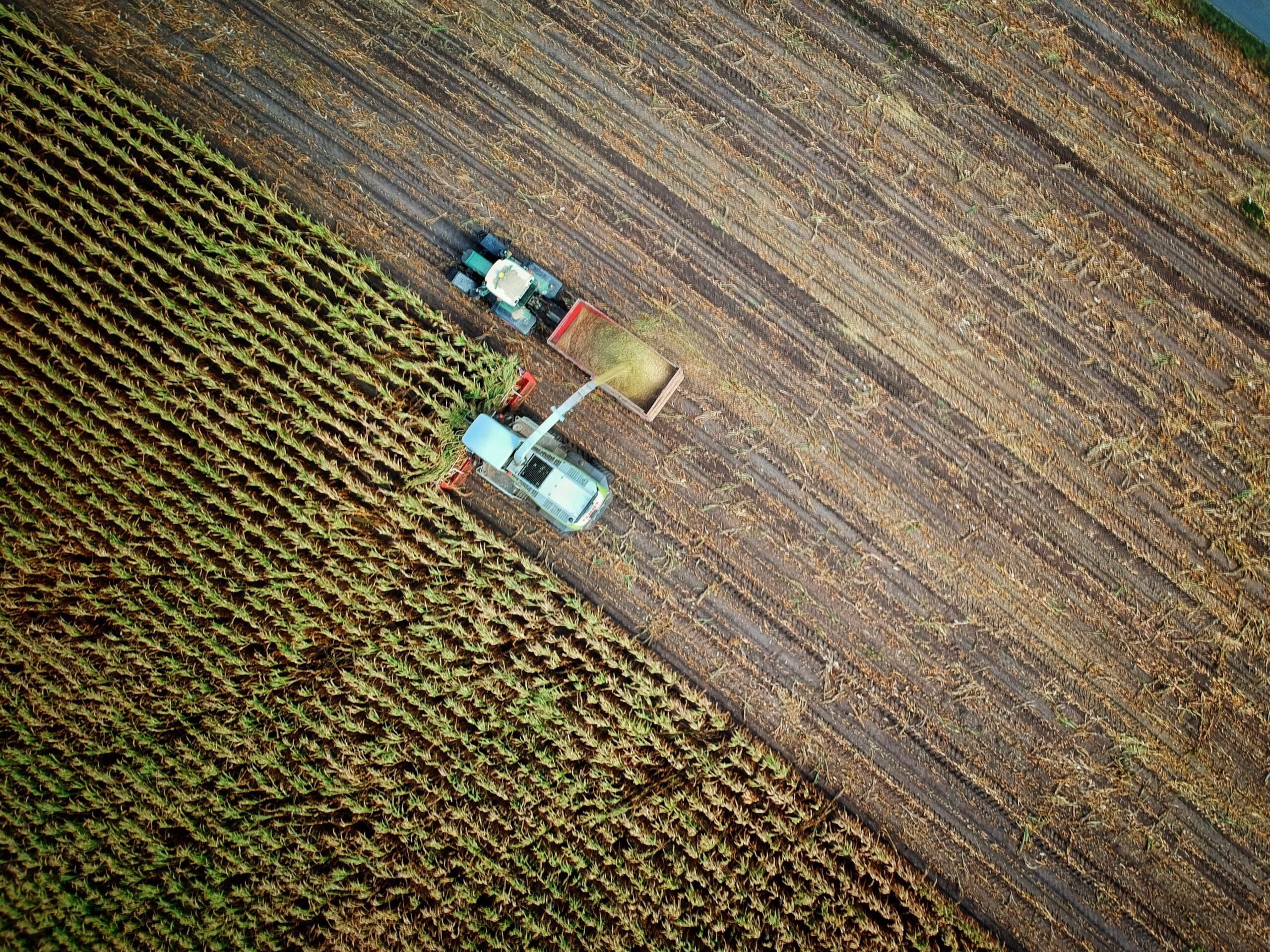
Explore sector
Agriculture
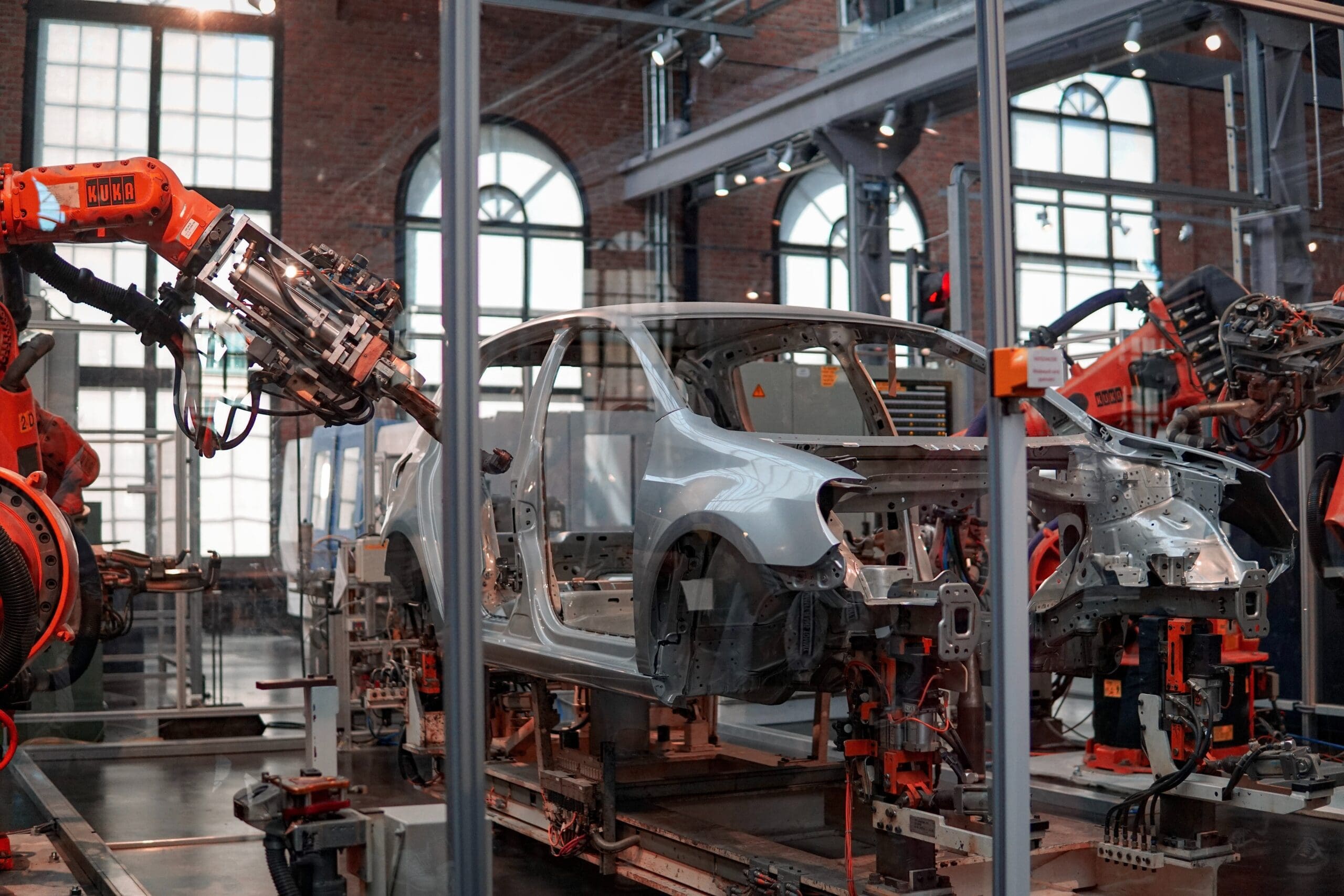
Explore sector
Automotive

Explore sector
Building, Properties and Real Estate

Explore sector
Consumer Products

Explore sector
Finance

Explore sector
Highways

Explore sector
Hospitality and Leisure
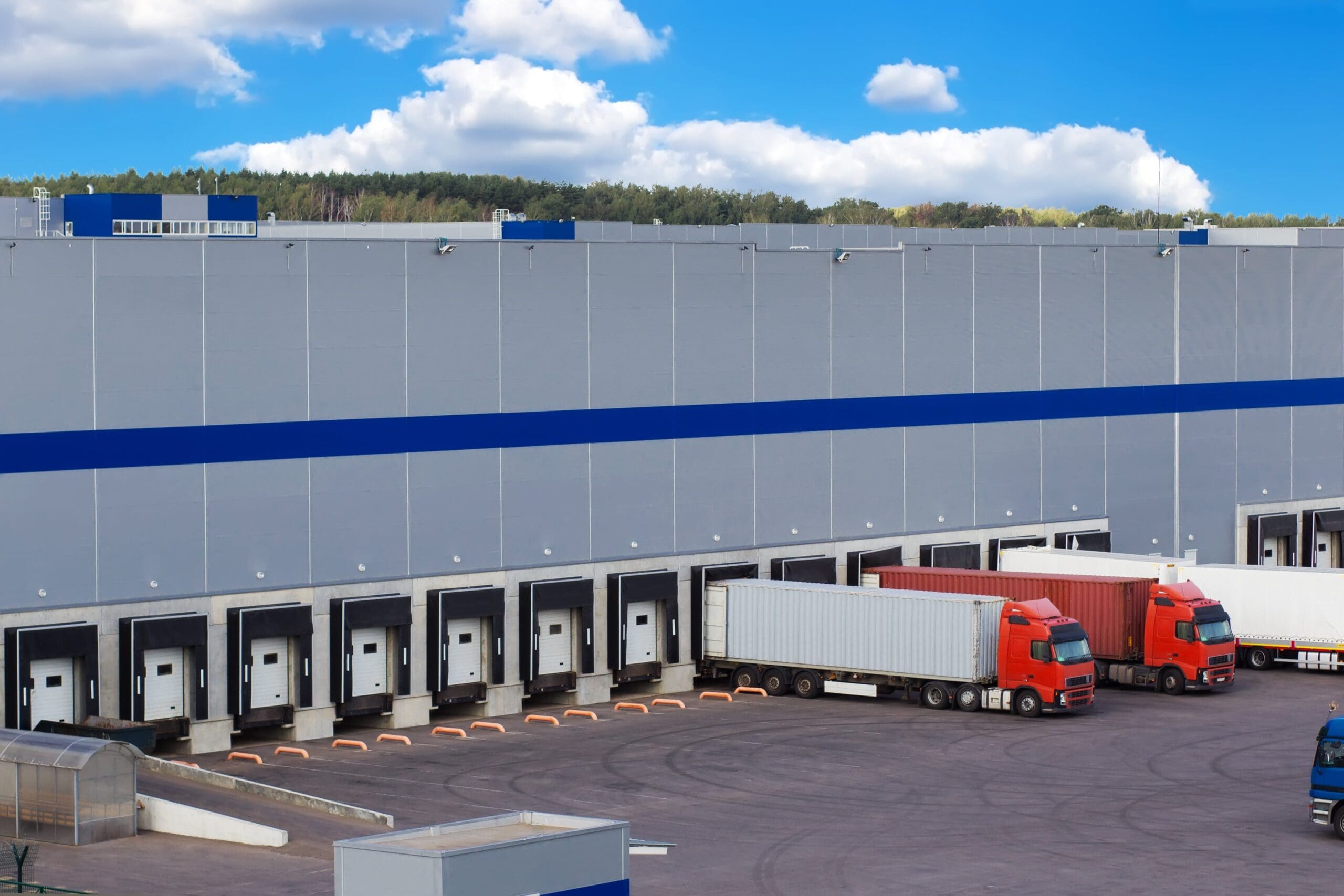
Explore sector
Transport, Logistics and Distribution Centres

Explore sector
Renewables

Explore sector
Rail

Explore sector
Power and Utilities
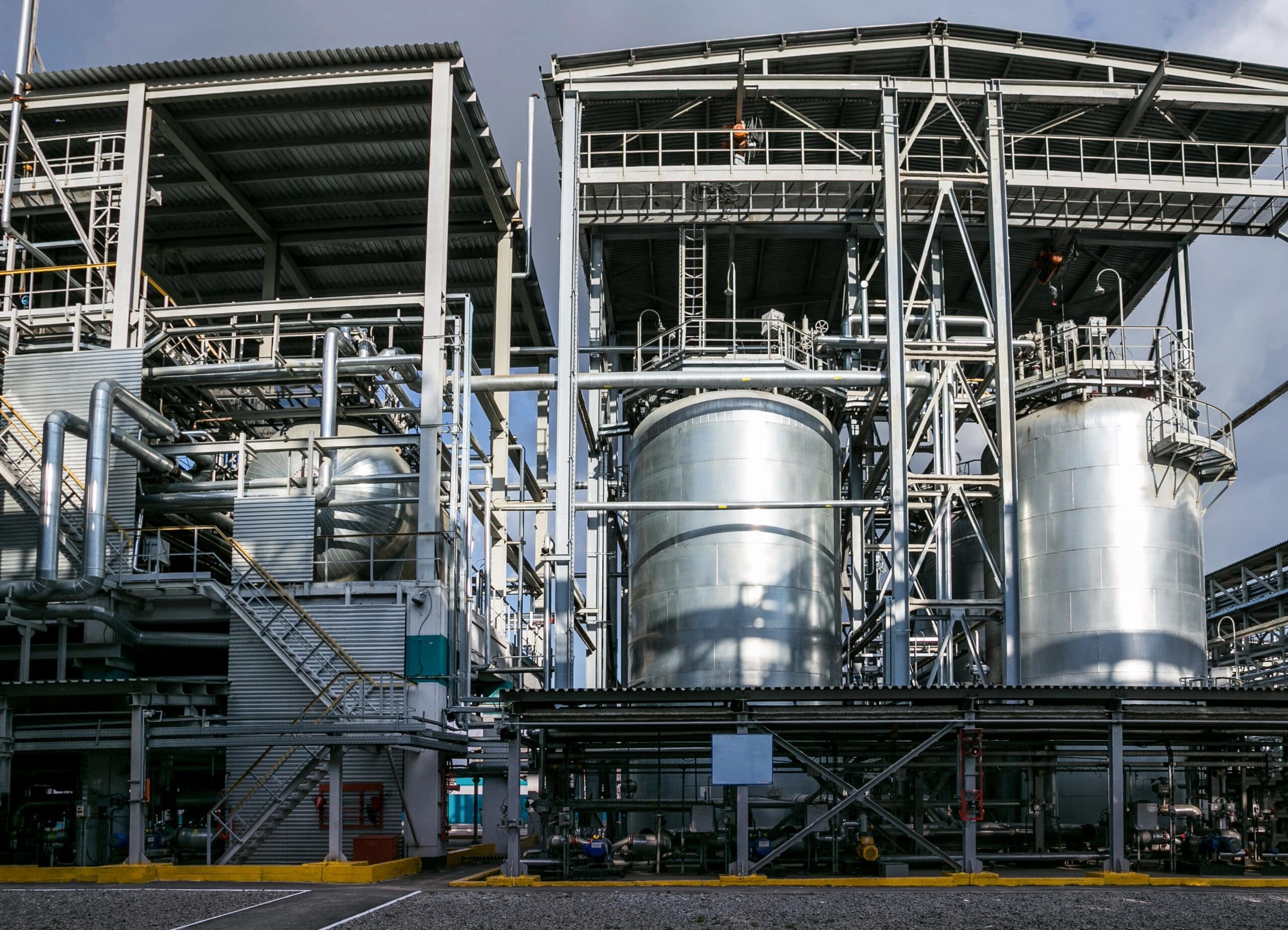
Explore sector
Petrochemicals, Oil and Gas
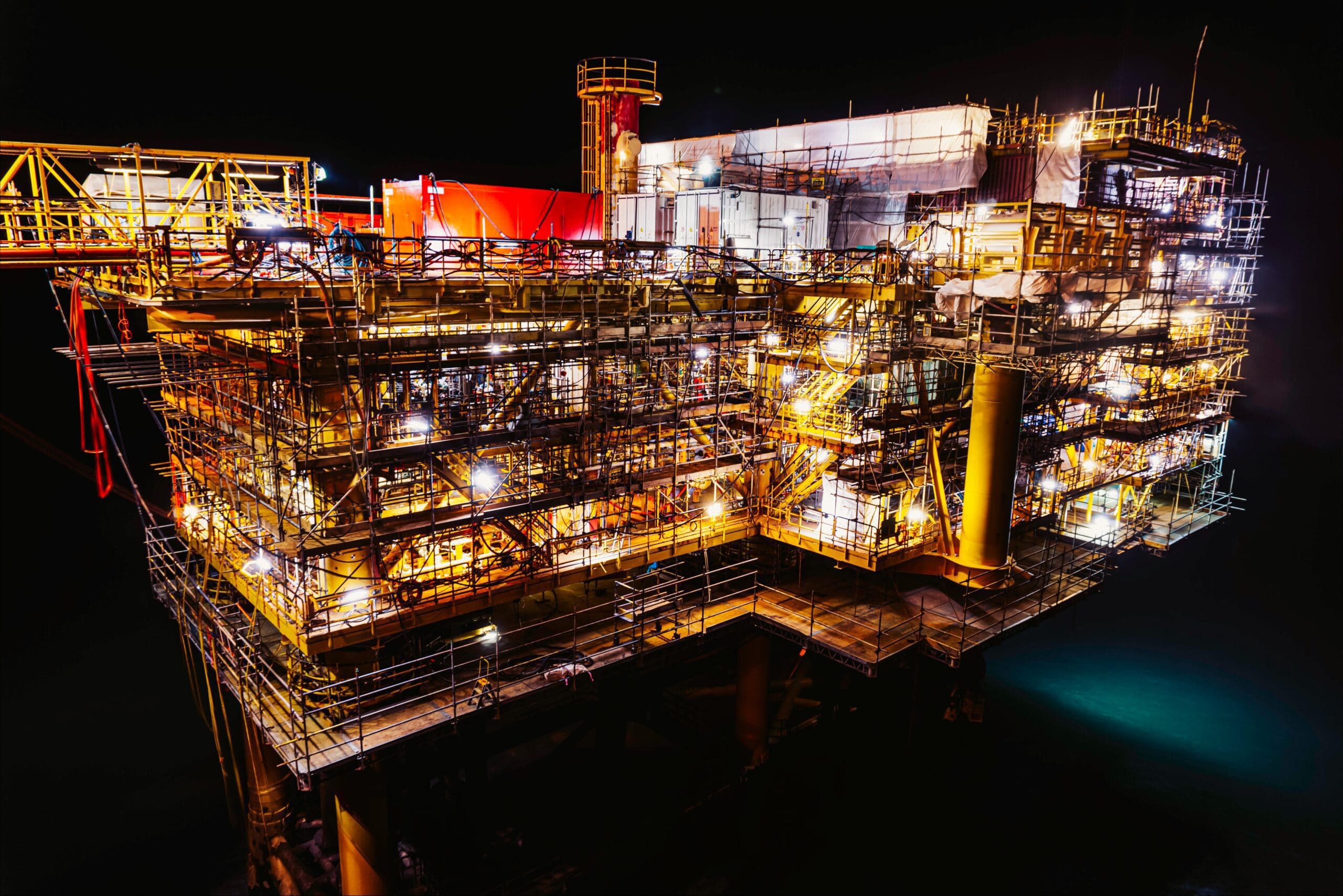
Explore sector
Marine and Offshore

Explore sector
Aerospace and Defence

Explore sector
Insurance
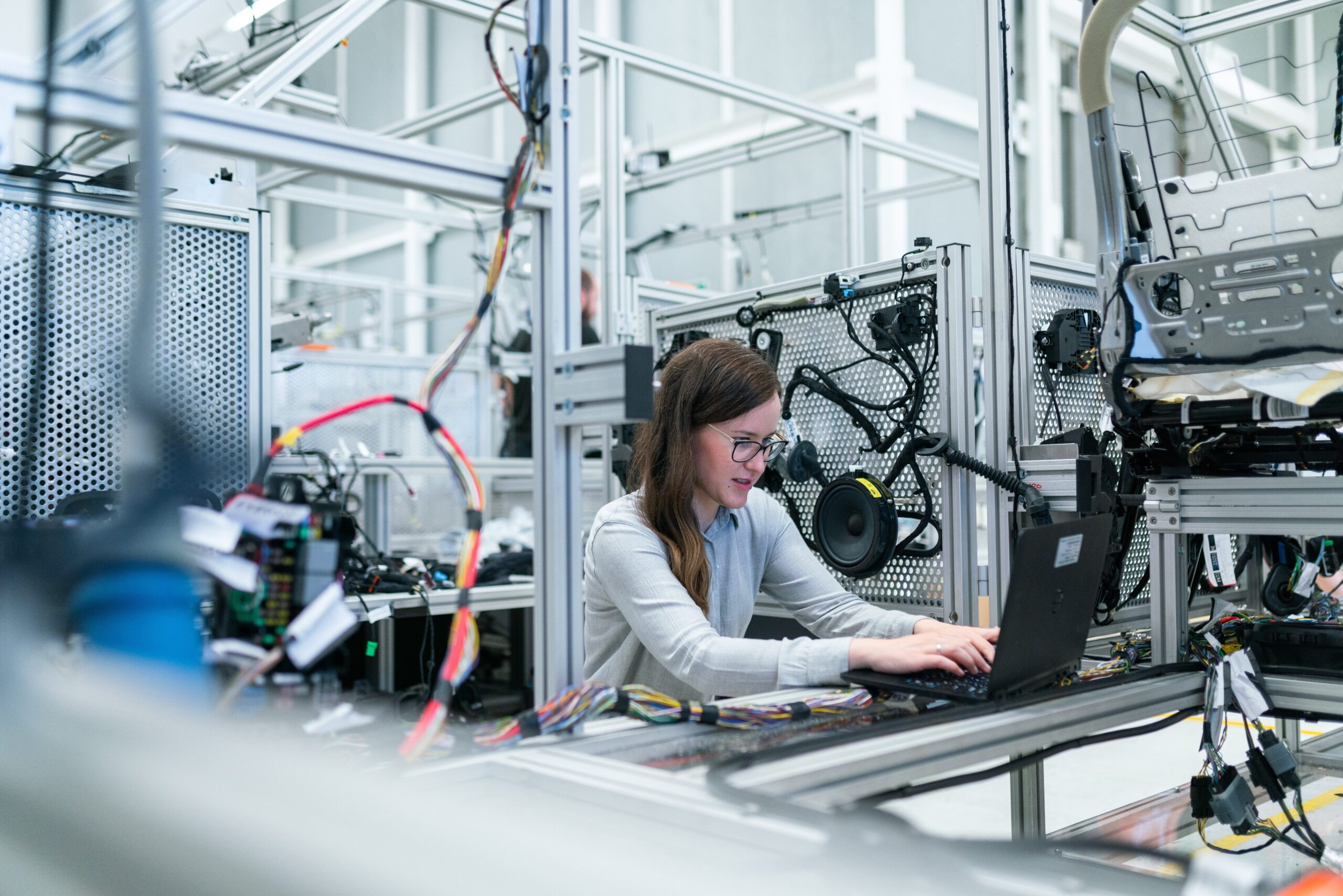
Explore sector
Manufacturing


Let’s talk. Ask us anything.
Send one of the team a message
Insights & news
Browse our latest articles
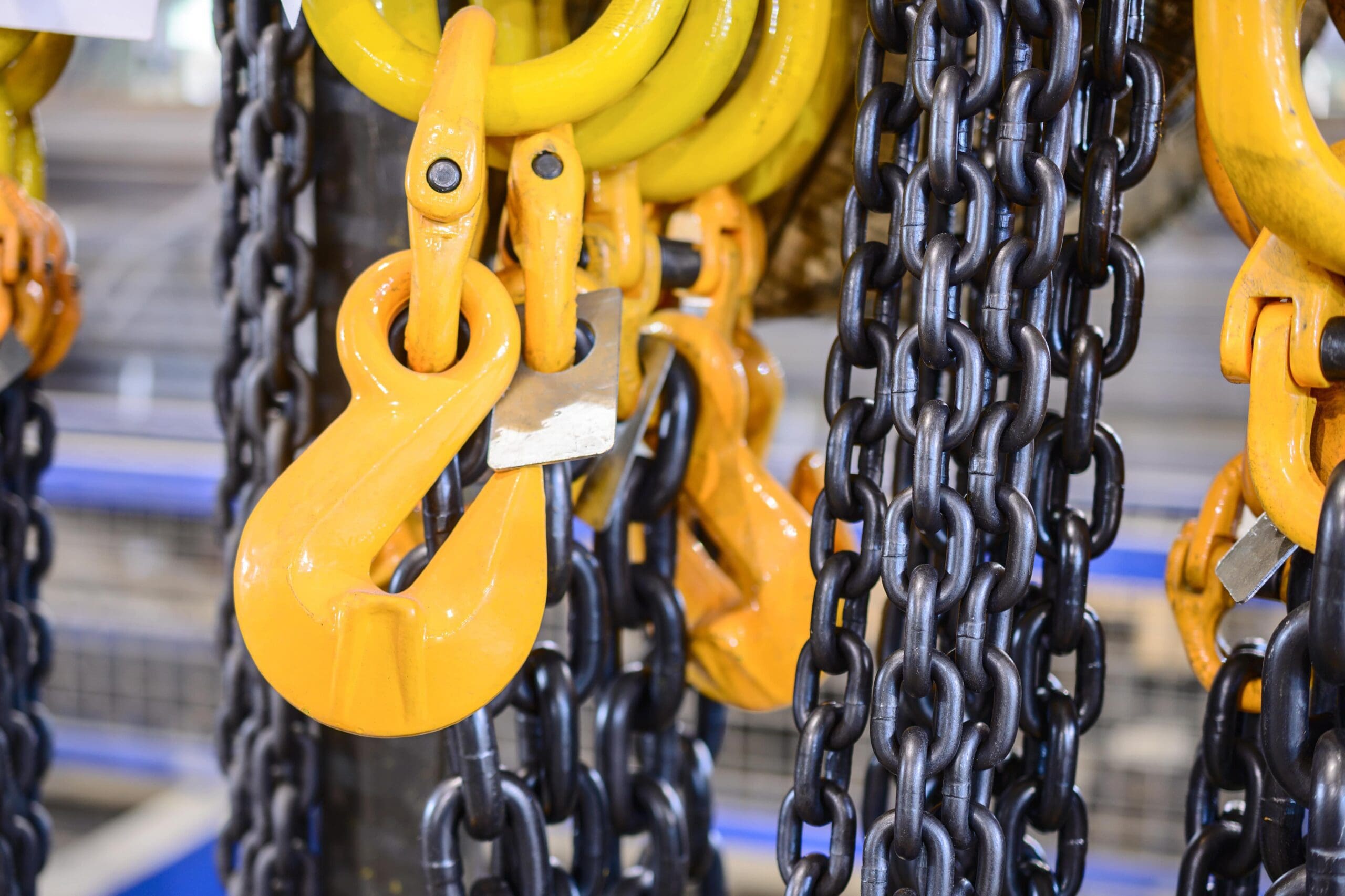
BES Group expands into Europe with ECH Groep acquisition
Acquisitions BES Group News Inspection

Ensure Your Assets Are Winter-Ready with Pre-Winter and Post-Winter Storage Tank Inspections
Inspection
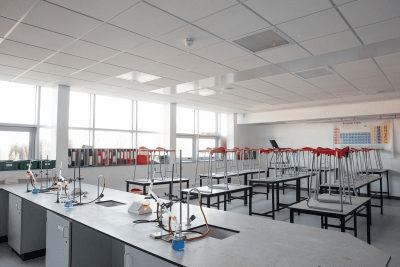
School Shutdowns: A Comprehensive Guide on Electrical Equipment Maintenance
Electrical Inspection
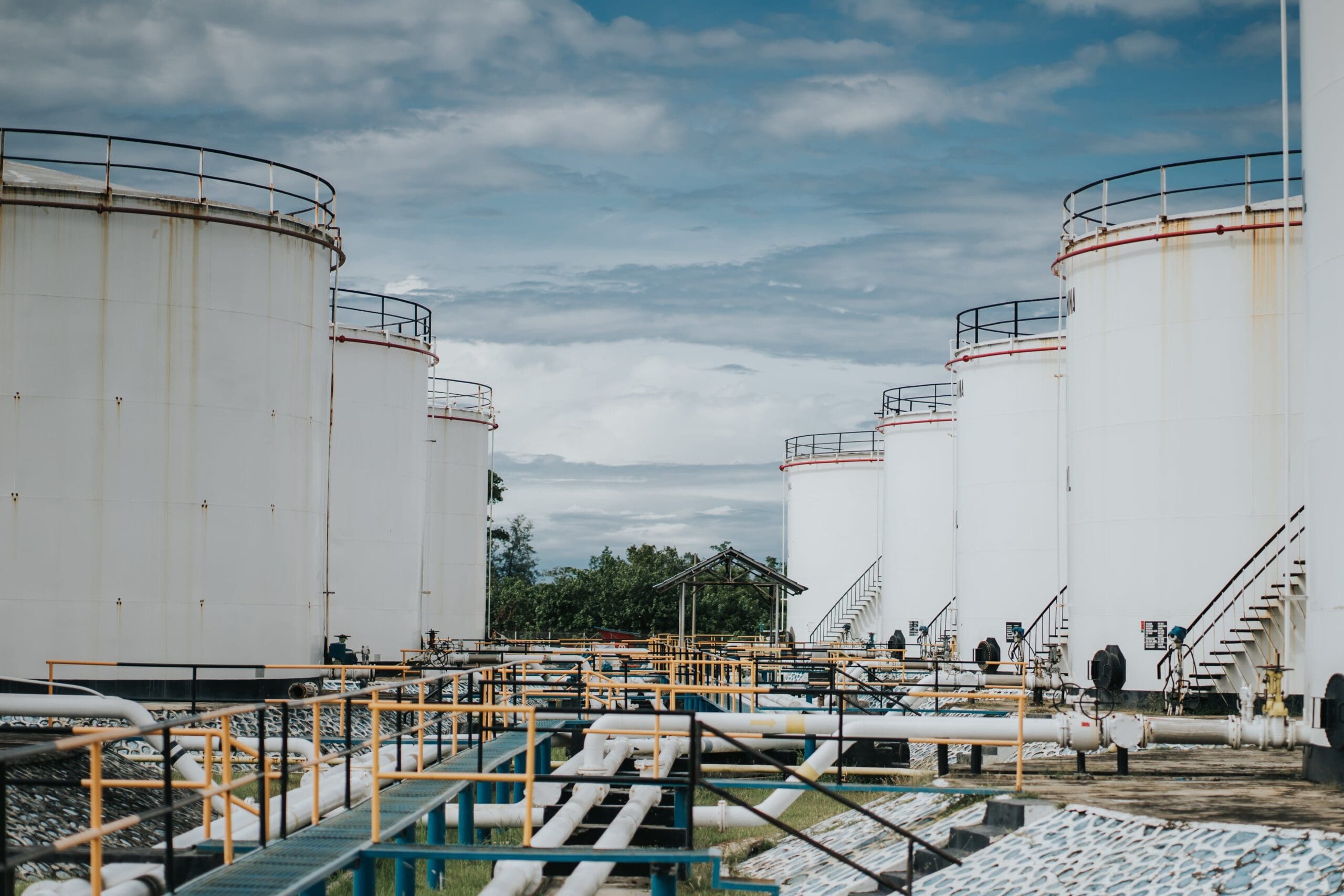
Storage Tank Inspections: Your Commonly Asked Questions
Inspection

Factory Shutdowns: How to Manage Your Maintenance Operations Efficiently
Asset Reliability Electrical Inspection Testing
Other similar services...
Looking for something else? Explore similar services...
 About BES Group
About BES Group Accreditations & Credentials
Accreditations & Credentials Our Environmental, Social & Governance
Our Environmental, Social & Governance Careers at BES Group
Careers at BES Group Our Senior Leadership Team
Our Senior Leadership Team

